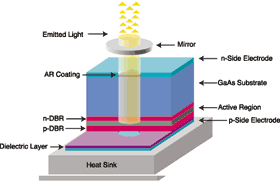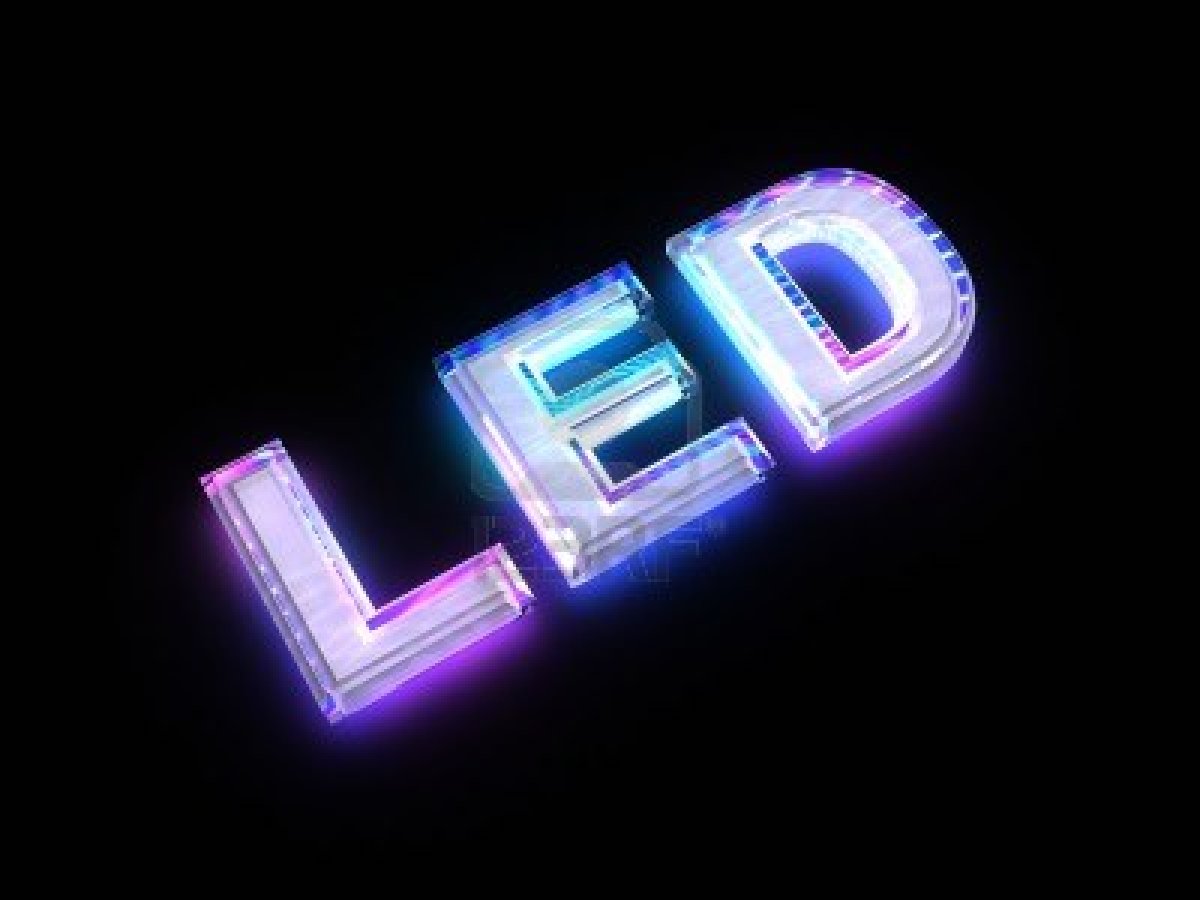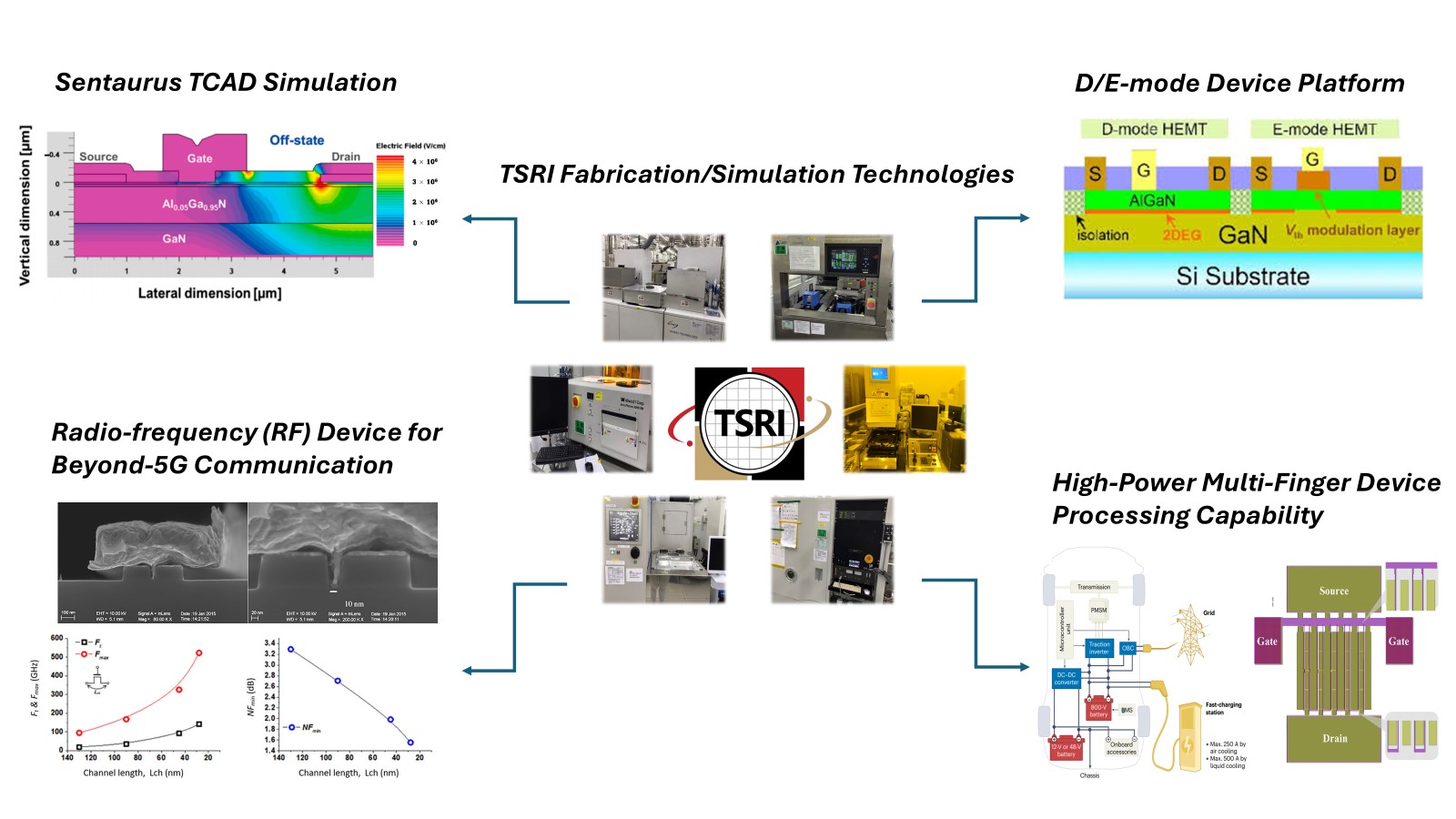The vertical-cavity surface-emitting laser, or VCSEL, is a type of semiconductor laser diode with laser beam emission perpendicular from the top surface, contrary to conventional edge-emitting semiconductor lasers (also in-plane lasers) which emit from surfaces formed by cleaving the individual chip out of a wafer.
The vertical-cavity surface-emitting laser, or VCSEL, is a type of semiconductor laser diode with laser beam emission perpendicular from the top surface, contrary to conventional edge-emitting semiconductor lasers (also in-plane lasers) which emit from surfaces formed by cleaving the individual chip out of a wafer.
A light-emitting diode (LED) is a two-lead semiconductor light source that resembles a basic pn-junction diode, except that an LED also emits light. When an LED's anode lead has a voltage that is more positive than its cathode lead by at least the LED's forward voltage drop, current flows. Electrons are able to recombine with holes within the device, releasing energy in the form of photons. This effect is called electroluminescence, and the color of the light.
A light-emitting diode (LED) is a two-lead semiconductor light source that resembles a basic pn-junction diode, except that an LED also emits light. When an LED's anode lead has a voltage that is more positive than its cathode lead by at least the LED's forward voltage drop, current flows. Electrons are able to recombine with holes within the device, releasing energy in the form of photons. This effect is called electroluminescence, and the color of the light.
High Electron Mobility Transistors (HEMTs) offer superior performance in high-frequency, high-power applications due to their low on-resistance and high breakdown voltage. Their superior capability, compared to silicon-based transistors, makes them particularly well-suited for IoT, AI, and automotive systems.
High Electron Mobility Transistors (HEMTs) offer superior performance in high-frequency, high-power applications due to their low on-resistance and high breakdown voltage. Their superior capability, compared to silicon-based transistors, makes them particularly well-suited for IoT, AI, and automotive systems.
Light Detection and Ranging (Lidar) is a surveying method that measures distance to a target by illuminating that target with a pulsed laser light, and measuring the reflected pulses with a sensor. Differences in laser return times and wavelengths can then be used to make digital 3D-representations of the target. The energy source hits objects and the reflected energy from the objects is detected and measured by sensors. Lidar is an example of active sensor and uses a laser radar to transmit a light pulse and a receiver with sensitive detectors to measure the backscattered or reflected light.
Silicon photonics integrates photonic devices with silicon electronics for optical communications and computing, using silicon for optical signal processing. To meet the need for high-speed data transmission, it leverages photonics' high bandwidth to overcome electronic limitations like energy efficiency and data rates. Applied in data centers and quantum computing, it supports advanced applications like quantum key distribution. Integration techniques like hybrid 3D integration and wafer-on-wafer bonding enhance performance and reduce parasitics.




